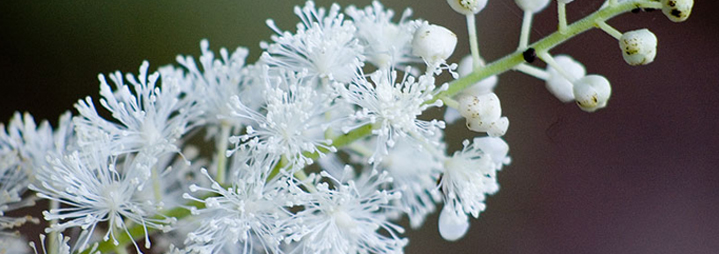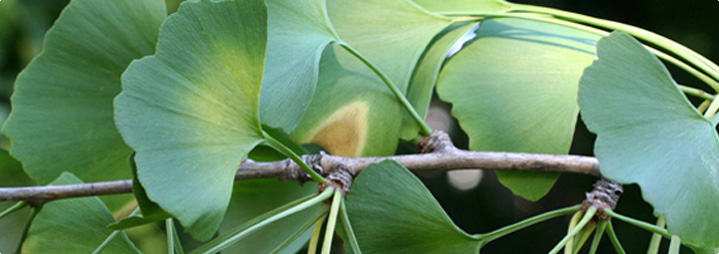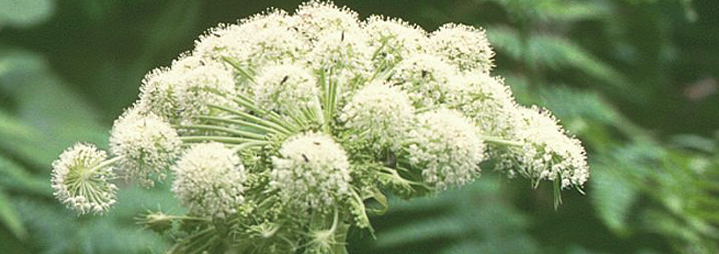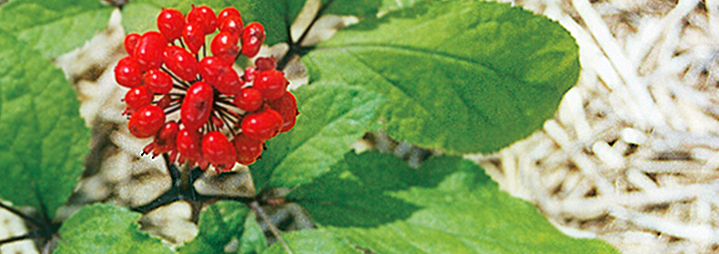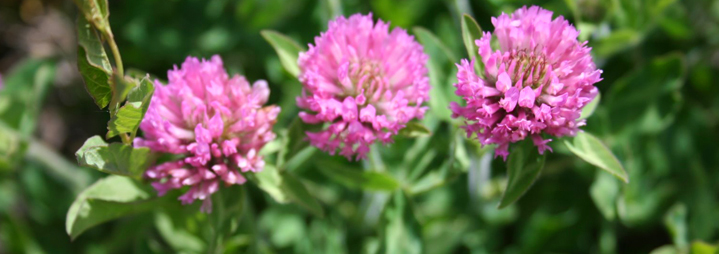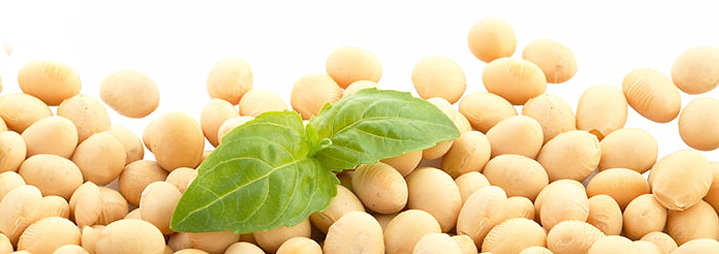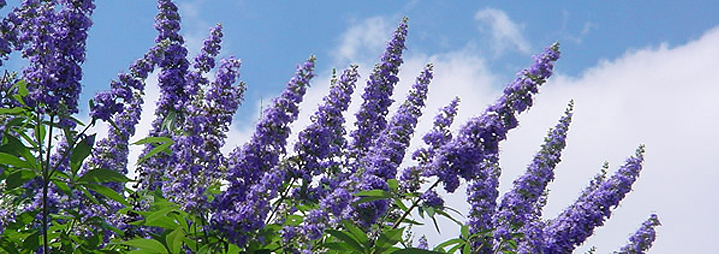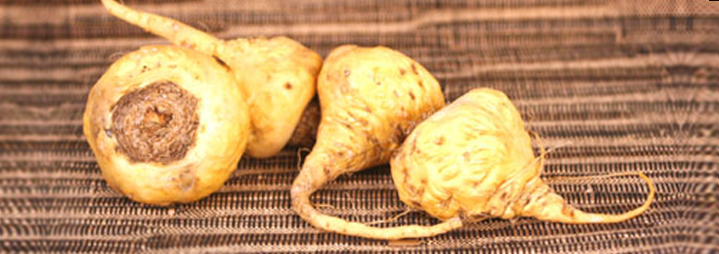Phytoestrogenic herbs vs. Non-estrogenic herbs
Scientific studies suggest that far from the favorites of mind addled hippies or fiendish quack doctors, herbal treatments are a great way to treat menopause symptoms. Whether you’ve got vaginal dryness, thinning hair, night sweats or even hot flashes, it is widely thought amongst the scientific community that herbs have the answer to all these problems. The only quandary left to answer is the much vexed question of which herb is the best: estrogenic or non-estrogenic? There’s only one way to find out- read on.
Estrogenic and Non-Estrogenic Herbs
During menopause, the delicate hormone balance that normally keeps your body well regulated is disrupted. This affects hormones like estrogen, testosterone and progesterone. To combat this, you need something that will work to redress the balance of your once harmonized hormone levels.
This is where estrogenic and non-estrogenic herbs can help.
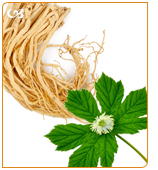 Estrogenic herbs, such as Dong Quai and Black Cohosh, contain phystoestrogens. These plant compounds are similar to estrogen at a molecular level. This similarity means that phytoestrogens may be able to replicate the effect estrogen has on living organisms, or that’s what scientific proof says anyway. Conversely, non-estrogenic herbs do not contain phytoestrogens but may still be able to combat symptoms of menopause. Read on to learn more.
Estrogenic herbs, such as Dong Quai and Black Cohosh, contain phystoestrogens. These plant compounds are similar to estrogen at a molecular level. This similarity means that phytoestrogens may be able to replicate the effect estrogen has on living organisms, or that’s what scientific proof says anyway. Conversely, non-estrogenic herbs do not contain phytoestrogens but may still be able to combat symptoms of menopause. Read on to learn more.
The Evidence
If you’re still skeptical about using herbs to combat your menopause symptoms, it may put you at ease to know that herbs are actually a cornerstone of modern science. Herbs like Dong Quai have been used by thousands of years in traditional Chinese medicine. Wise herbsmen in China used to cure the weak, frail and menopausal with a quick tonic of Dong Quai.
Even in modern times, medicine often looks to herbs for help. Recent studies have shown that a mixture of two herbs, Ginseng and Ginkgo Biloba, can energize your brain and boost your memory and concentration levels. The combination is even used in some countries to fight Alzheimer’s disease. Read on to discover which herb is the best
Advantages of Estrogenic Herbs
Estrogenic herbs are readily available in most health food shops. They also contain phytoestrogens, which have a proven track record of helping to beat symptoms of menopause.
Disadvantages of Estrogenic Herbs
Estrogenic herbs may seem fine, but actually consumption can cause some pretty nasty side effects like nausea, vomiting and skin rashes.
Advantages of Non-Estrogenic Herbs
 Non-estrogenic herbs contain all the healing powers of estrogenic herbs and but with no known side effects.
Non-estrogenic herbs contain all the healing powers of estrogenic herbs and but with no known side effects.
Disadvantages
No know disadvantages.
Click on the following link to learn more about specific non-estrogenic herbs.









